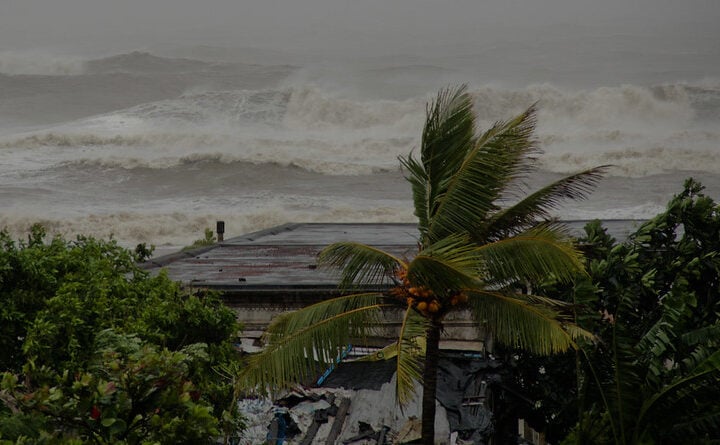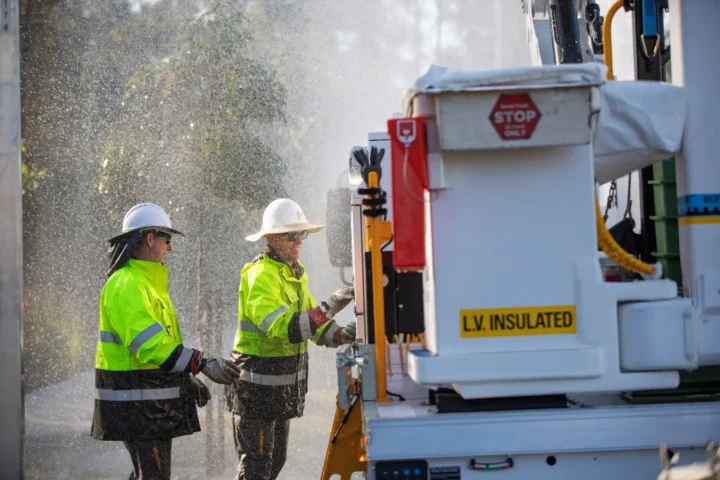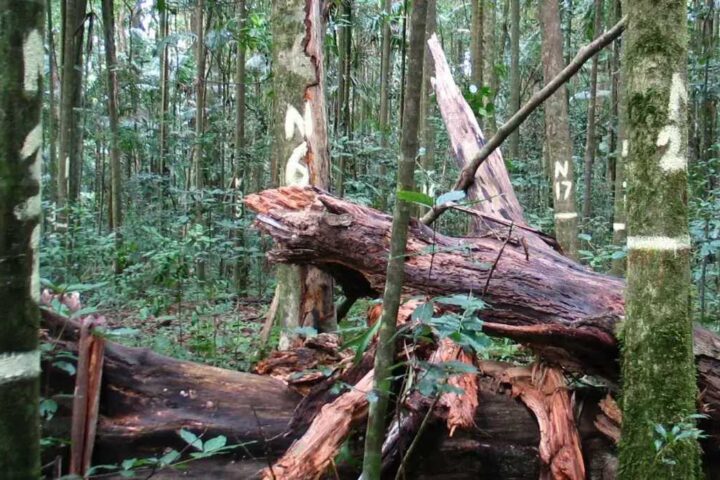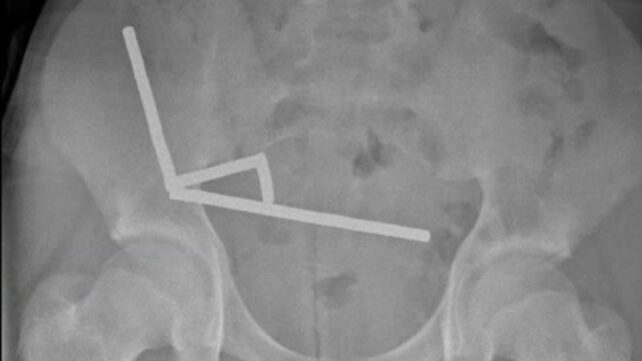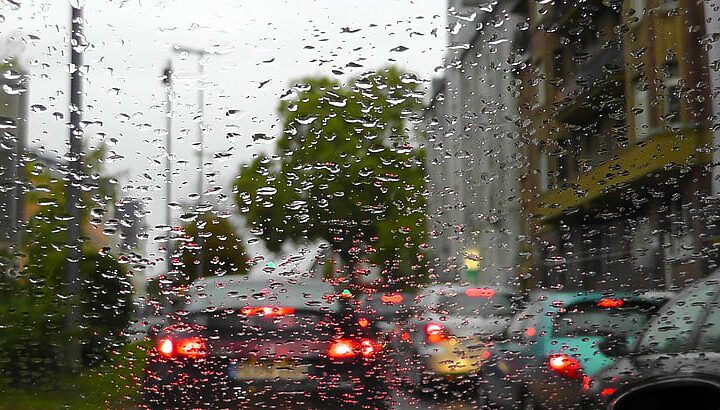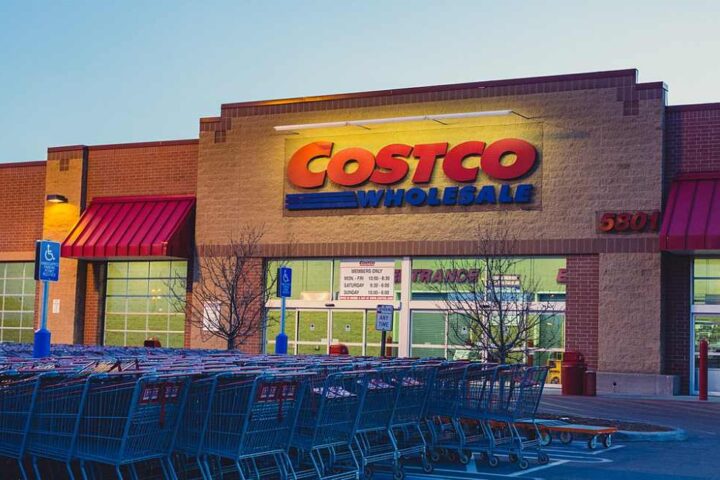Australians will soon need to verify their age when using search engines like Google and Microsoft, as part of sweeping online safety regulations set to take effect December 27 this year.
These new rules, quietly introduced by the eSafety Commissioner in June, will force search engines to verify the ages of logged-in users or face potential fines of up to $49.5 million per breach.
For users under 18, search results will be filtered to block pornography, high-impact violence, content promoting eating disorders, and other material deemed harmful to minors.
“These provisions will serve as a bulwark and operate in lock step with the new social media age limits,” eSafety Commissioner Julie Inman Grant said in a recent National Press Club address, linking the search engine rules to Australia’s upcoming ban on social media use by those under 16.
The search engine requirements have largely gone unnoticed, unlike the widely publicized teen social media ban. Both initiatives use similar age-verification technology, but the search engine rules were implemented through regulatory channels rather than parliamentary legislation.
Companies like Google, which dominates over 90% of Australia’s search market, will have seven verification options to choose from:
- Photo ID checks
- Facial scanning age estimation
- Credit card verification
- Digital ID systems
- Parental vouching for young users
- AI inference based on existing user data
- Third-party verification services
Importantly, users who don’t log in will still be able to search with minimal restrictions. Logged-out users will experience “default safety settings” that blur violent or pornographic images but may not block access to links.
Digital rights advocates have raised concerns about both privacy implications and effectiveness.
“This won’t stop the teenager who wants to access pornography from accessing pornography,” said John Pane, chair of Electronic Frontiers Australia (EFA). “So really it is more performative than it is effective.”
Pane noted that young users could easily bypass restrictions using virtual private networks (VPNs), which mask a user’s location and identity.
Similar Posts:
The technical accuracy of age verification itself has been questioned. Government trials of age-estimation tools showed that children as young as 15 were incorrectly classified as adults in over 30% of cases. Document-based checks using photo ID proved more reliable with error rates under 5%.
Professor Lisa Given from RMIT University, who specializes in age-assurance technology, expressed concern about the scope of these changes.
“I have not seen anything like this anywhere else in the world,” Given said. “I am worried that Australia is going down this path of bringing in age assurance for any and all internet access. This is very much the new reality, and I think there are significant privacy concerns here.”
The search engine rules are just the beginning. They form part of three industry codes already registered by the eSafety Commissioner, with six more pending approval. These upcoming codes will likely extend similar age-verification requirements to app stores, messaging services, pornography websites, and gambling platforms.
Digital rights advocates view this as part of a broader shift. “It’s the progression of the loss of our right to be anonymous online,” Pane said.
For many Australians, avoiding these checks by simply not logging in might not be practical. “They’ve got their search engine linked with their Gmail and bookmarks—there’s a variety of things that they’re doing in the Google ecosystem,” Professor Given explained. “For someone who has an account, in order to access that type of functionality, they’re going to have to prove their age.”
Search companies might opt for the least intrusive option by using data they already possess. “Big tech players like Google have huge repositories of personal data,” Pane said. “Google may be able to rely upon information that they hold to infer that you are over the age of 18.”
The Australian government has defended the measures. A spokesperson for Communications Minister Annika Wells said the government “welcomes the eSafety commissioner’s registration of three new industry codes to protect children from age-inappropriate content.”
“This is a critical step in implementing the Online Safety Act to keep Australians, particularly young people, safer online, and ensures that industry steps up to the plate to protect their users from harm,” the spokesperson added.
Australia’s approach mirrors similar efforts globally. The UK has implemented age checks for pornography websites, while the European Union’s Digital Services Act requires platforms to assess risks for minors exposed to harmful content.






